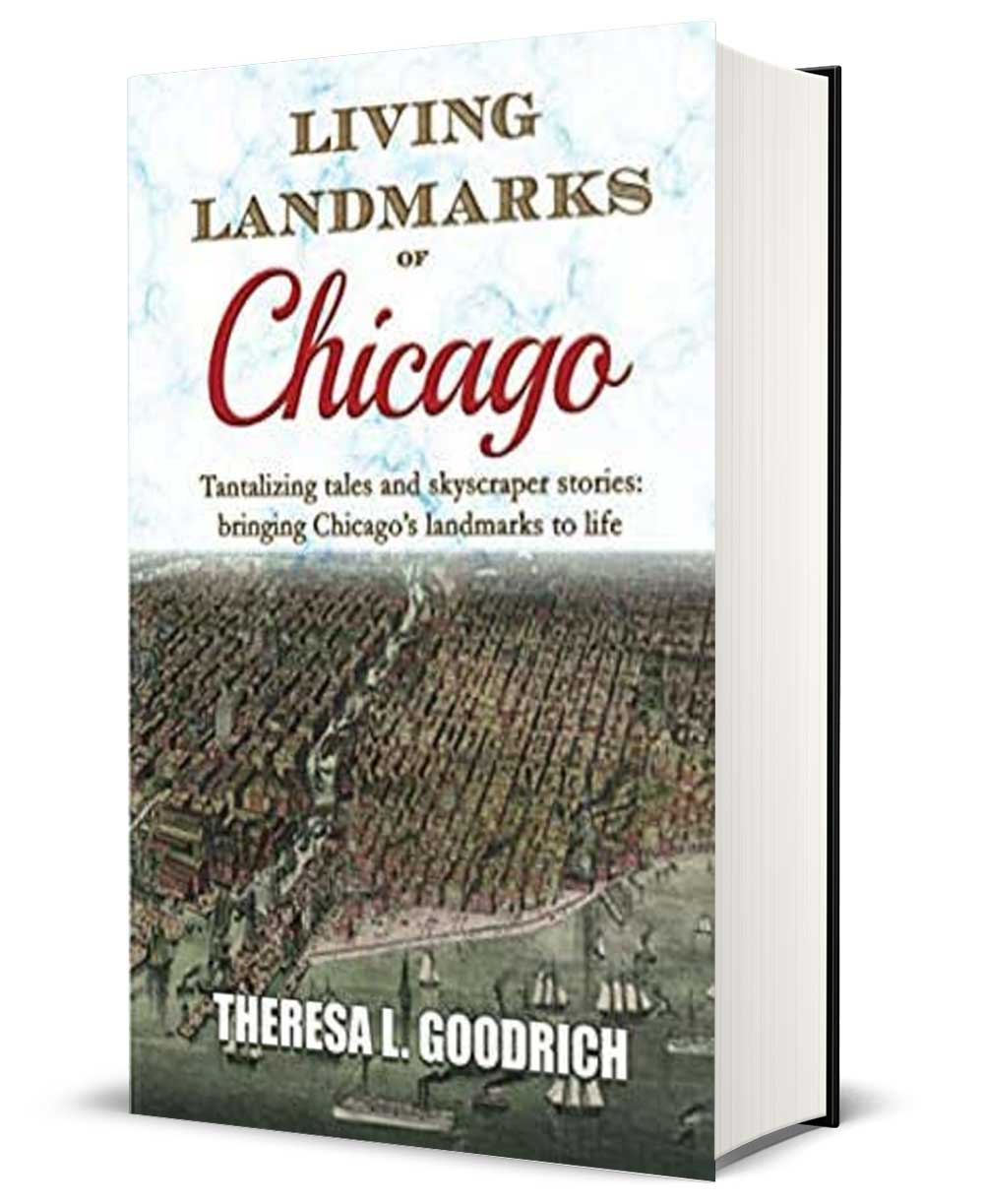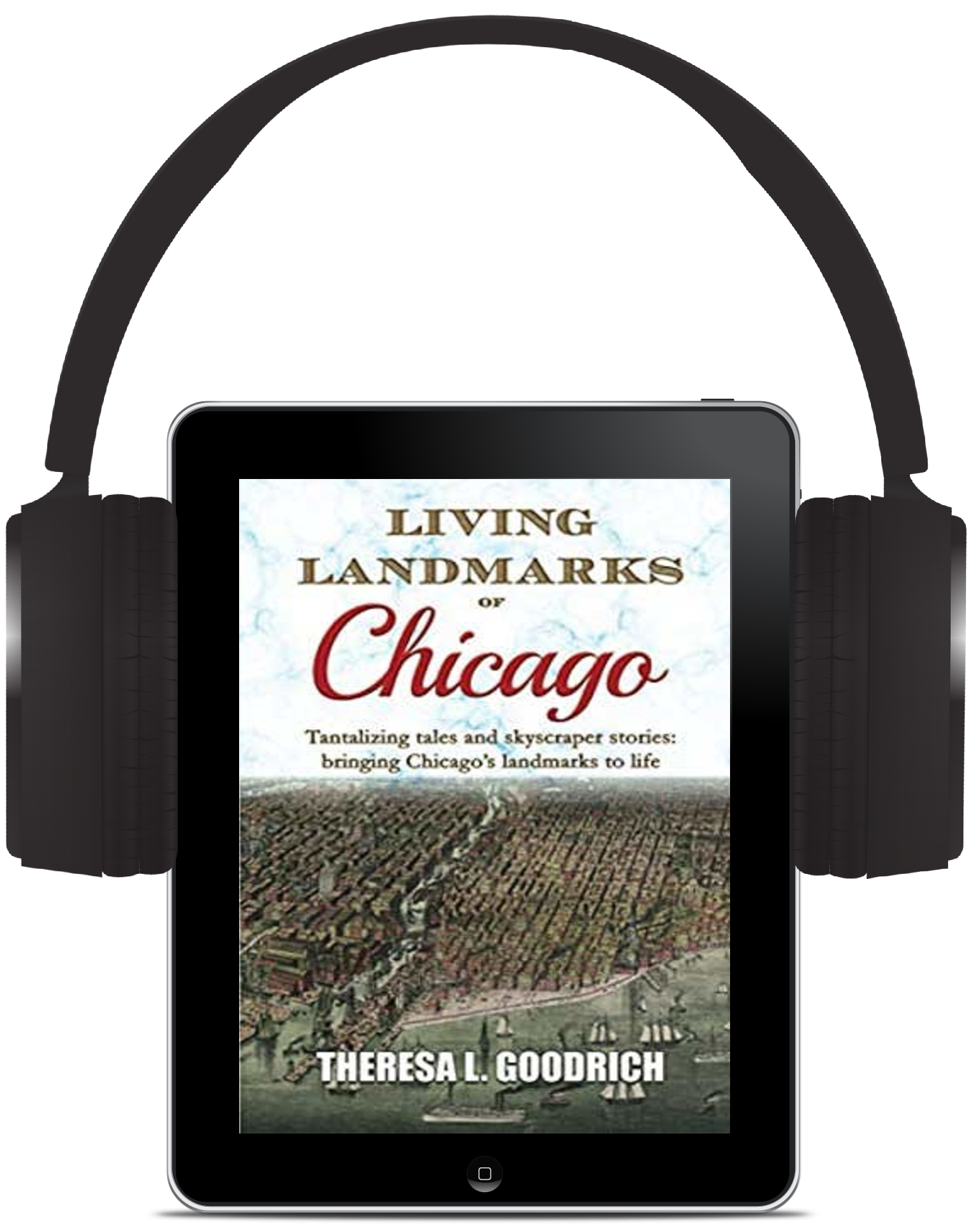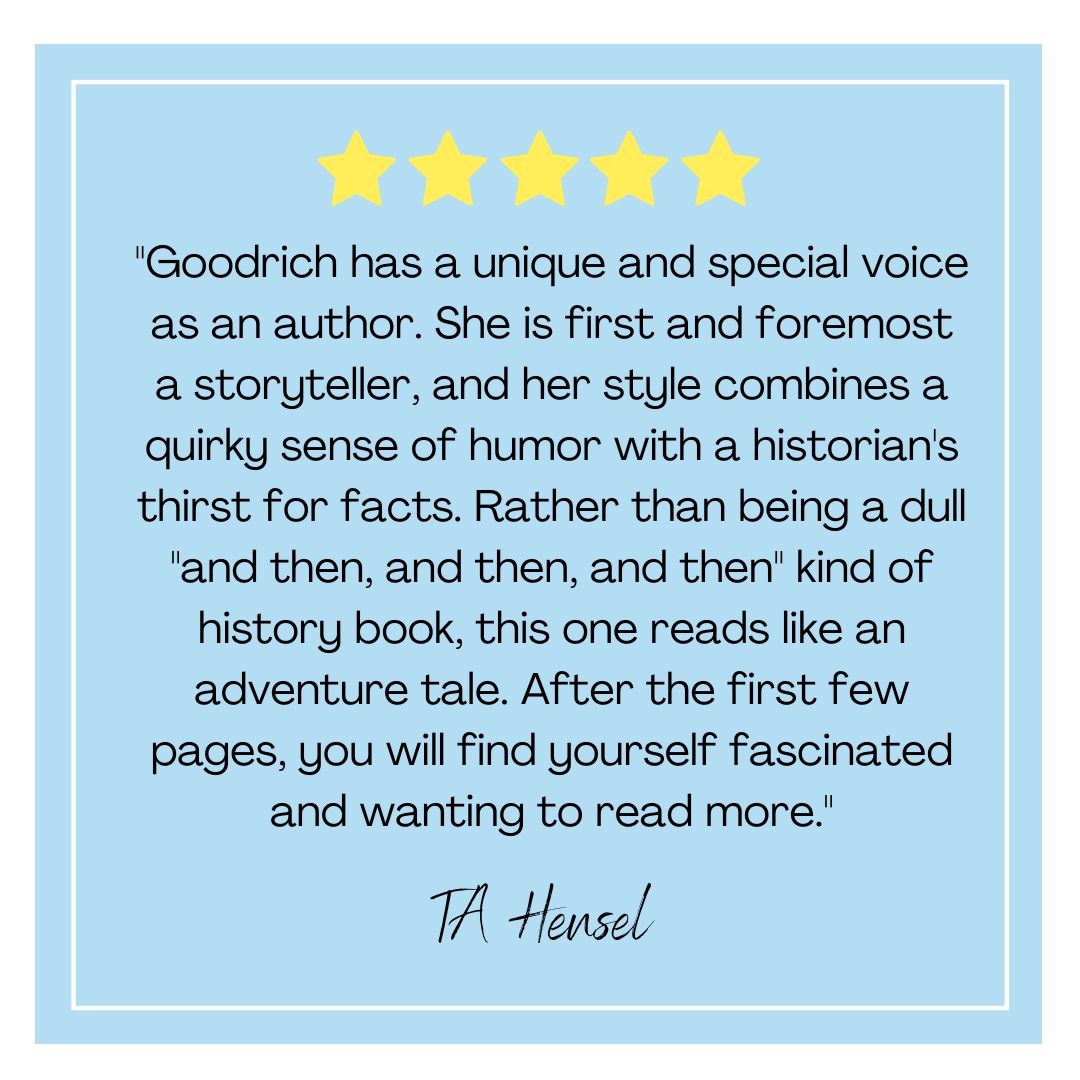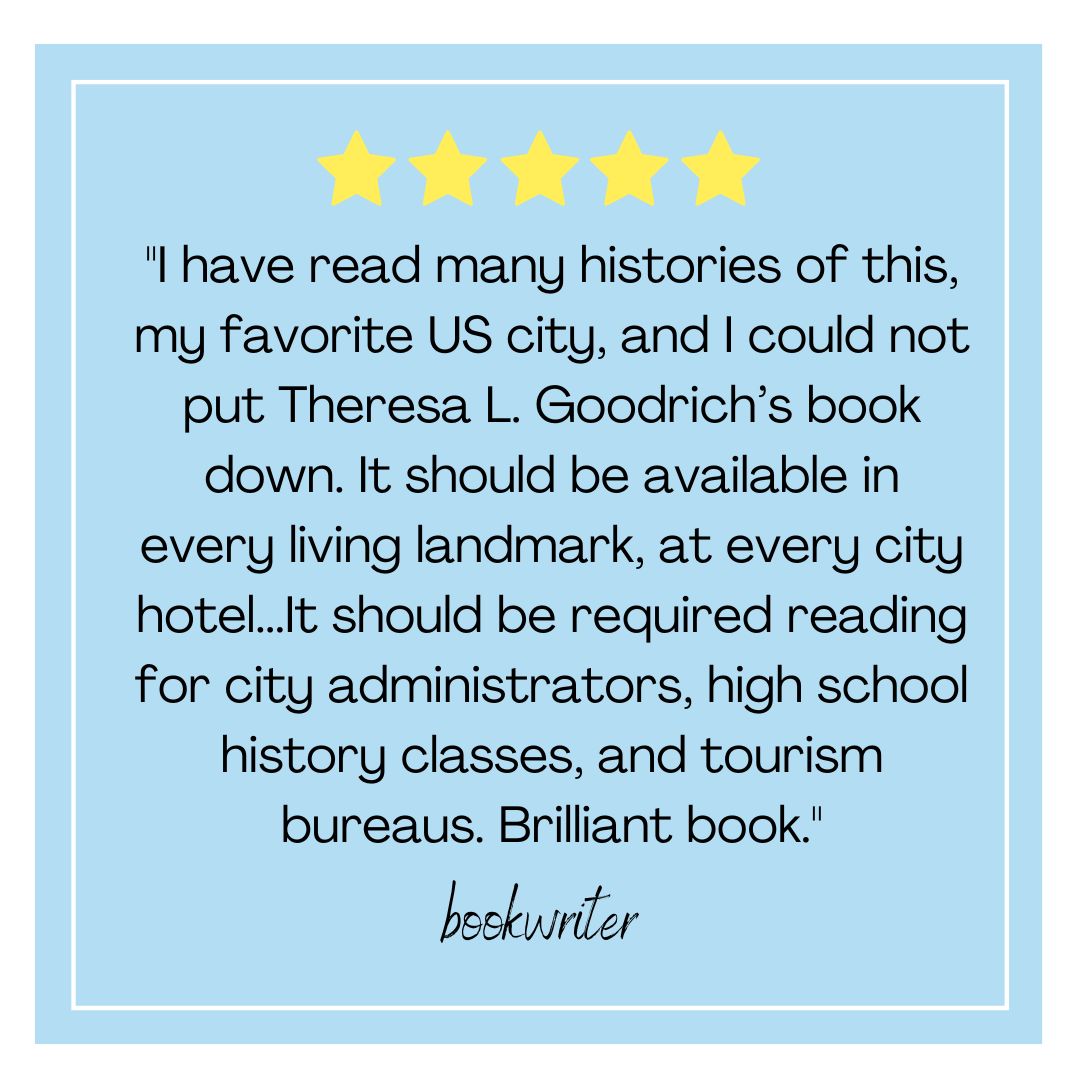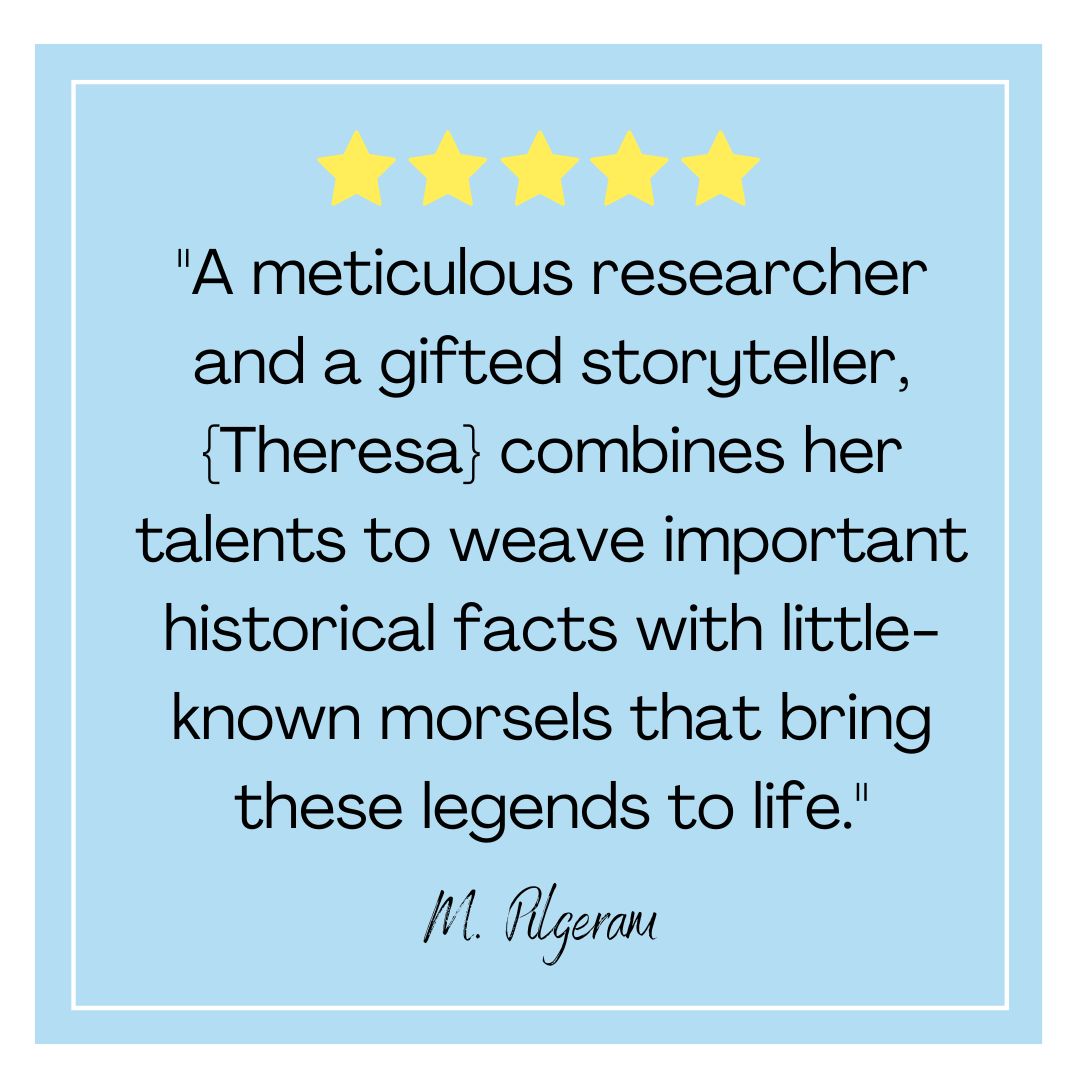Theresa L. Goodrich
Living Landmarks of Chicago
Living Landmarks of Chicago
Please note that shipping time for printed editions is up to 3 weeks.
Couldn't load pickup availability
Tantalizing tales and skyscraper stories: bringing Chicago’s landmarks to life
From the man shipped home in a rum barrel to the most dangerous woman in America, Chicago history comes to life in these tantalizing tales.
Click here to listen to an excerpt from the audiobook – purchase the audiobook and get the e-book FREE
Living Landmarks of Chicago goes beyond the what, when, and where to tell the how and why of fifty Chicago landmarks. More than a book about architecture, these are stories of the people who made Chicago and many of its most popular tourist attractions what they are today.
Each chapter is a vignette that introduces the landmark and brings it to life, and the book is organized chronologically to illustrate the development of the city’s distinct personality. These fifty landmarks weave an interconnected tale of Chicago between 1836 and 1932 (and beyond).
History lines Chicago’s sidewalks. Stroll down LaSalle or Dearborn or State and you’ll see skyscrapers that have been there for a century or more. It’s easy to scurry by, to dismiss the building itself, but a hunt for placards turns up landmarks every few feet, it seems. Here’s a Chicago landmark; there’s a National Historic landmark. They’re everywhere.
Ironically, these skyscrapers keep the city grounded; they illustrate a past where visionaries took fanciful, impossible ideas and made them reality. Buildings sinking? Raise them. River polluting the lake and its precious drinking water? Reverse it.
Overpopulation and urban sprawl making it challenging to get to work? Build up.
From the bare to the ornate, from exposed beams to ornamented facades, the city’s architecture is unrestrainedly various yet provides a cohesive, beautiful skyline that illustrates the creativity of necessity, and the necessity of creativity.
After a sound-bite history of the city’s origins, you’ll meet the oldest house in Chicago—or is it? Kinda. Sorta. Depends on who you ask.
That’s Chicago. Nothing’s simple, and nothing can be taken for granted. The reason the city has a gorgeous skyline and a vibrant culture and a notorious reputation for graft is because of those who built it, envisioned it, manipulated it.
Buy Living Landmarks of Chicago today and see what made Chicago so very…Chicago.
In this deep dive into Chicago history, Emmy-winning author Theresa L. Goodrich tells the stories of fifty significant Chicago landmarks.
Each chapter is a vignette that introduces the landmark and brings it to life, and the book is organized chronologically to illustrate the development of the city's distinct personality.
These fifty landmarks weave an interconnected tale of Chicago between 1836 and 1932 (and beyond).
- Clarke House
- Lake Park (Grant Park)
- Charles Hull House (Hull-House Museum)
- Lake Park (Lincoln Park & Lincoln Park Zoo)
- Water Tower & Pumping Station
- Page Brothers Building
- Palmer House
- Bryant Block (Delaware Building)
- Nickerson Mansion (Driehaus Museum)
- Studebaker Brothers' Lake Front Carriage Repository (Fine Arts Building)
- Glessner House
- Rookery Building
- Auditorium Building
- Monadnock Block
- Charnley House (Charnley-Persky House)
- Marshall Field and Company Building (Macy's on State Street)
- Palace of Fine Arts (Museum of Science & Industry)
- Art Institute of Chicago
- Newberry Library
- New York Life Insurance Building (Kimpton Gray)
- Tree Studios
- Chicago Varnish Company (Harry Caray's Italian Steakhouse)
- Chicago Public Library (Chicago Cultural Center)
- Schlesinger & Mayer (Sullivan Center)
- Orchestra Hall (Symphony Center)
- Majestic Building and Theater (CIBC Theatre)
- The Blackstone Hotel
- Federal Life Building (Arlo Chicago)
- D. B. Fisk & Company (L7 Chicago)
- Municipal Pier #2 (Navy Pier)
- Michigan Avenue Bridge (DuSable Bridge)
- The Drake Hotel
- Wrigley Building
- Columbian Museum of Chicago (Field Museum)
- The Chicago Theatre
- London Guarantee & Accident Building (LondonHouse Hotel)
- The Chicago Temple
- Union Station
- Tribune Tower
- Bismarck Hotel (Allegro Royal Sonesta Hotel Chicago)
- Oriental Theatre (James M. Nederlander Theatre)
- Stevens Hotel (Hilton Chicago)
- Medinah Athletic Club (InterContinental Chicago)
- Carbide and Carbon Building (Pendry Chicago)
- Civic Opera House
- Adler Planetarium
- Shedd Aquarium
- Chicago Board of Trade Building
- Merchandise Mart (theMART)
- Chicago Historical Society (Chicago History Museum)
Share
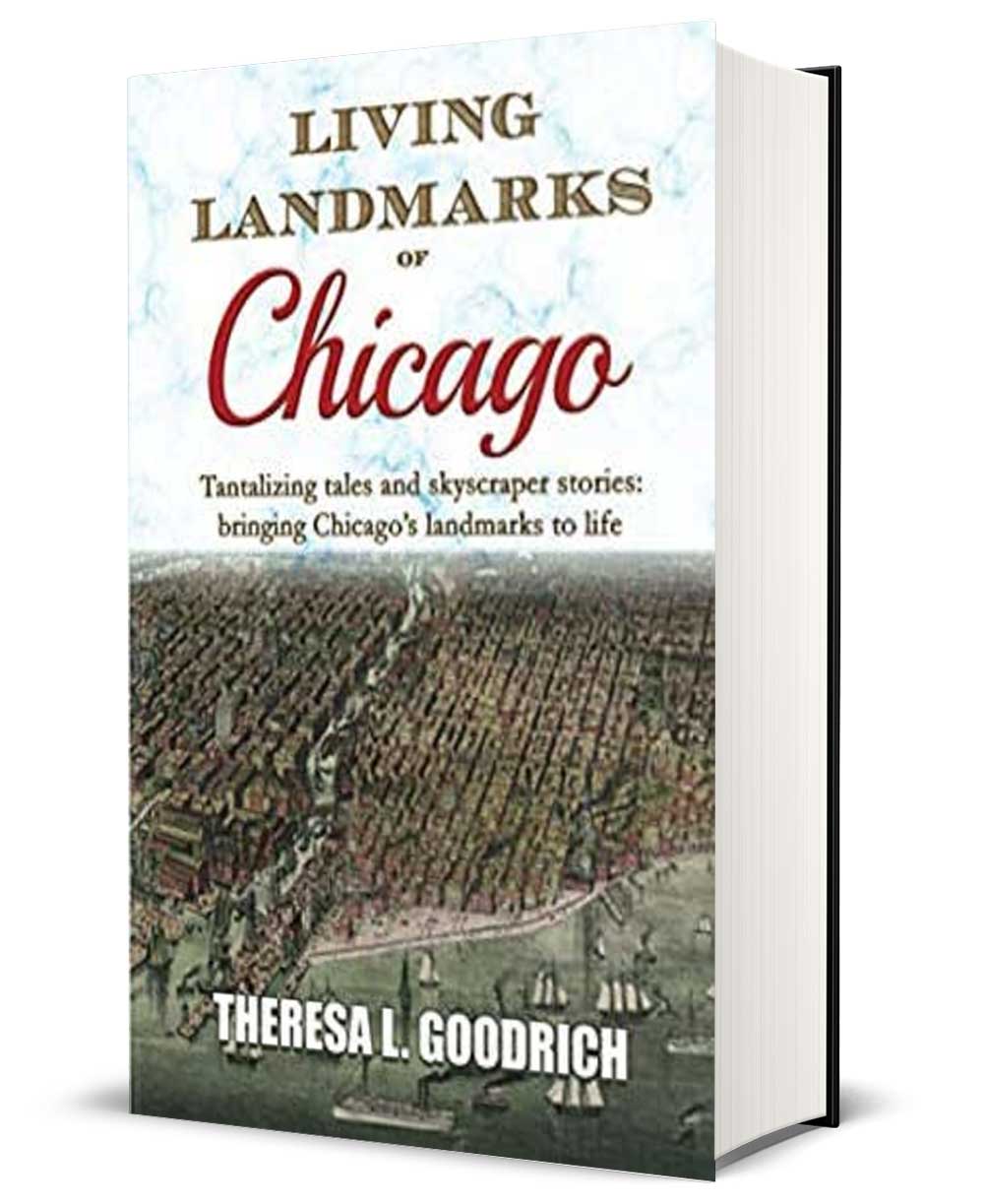
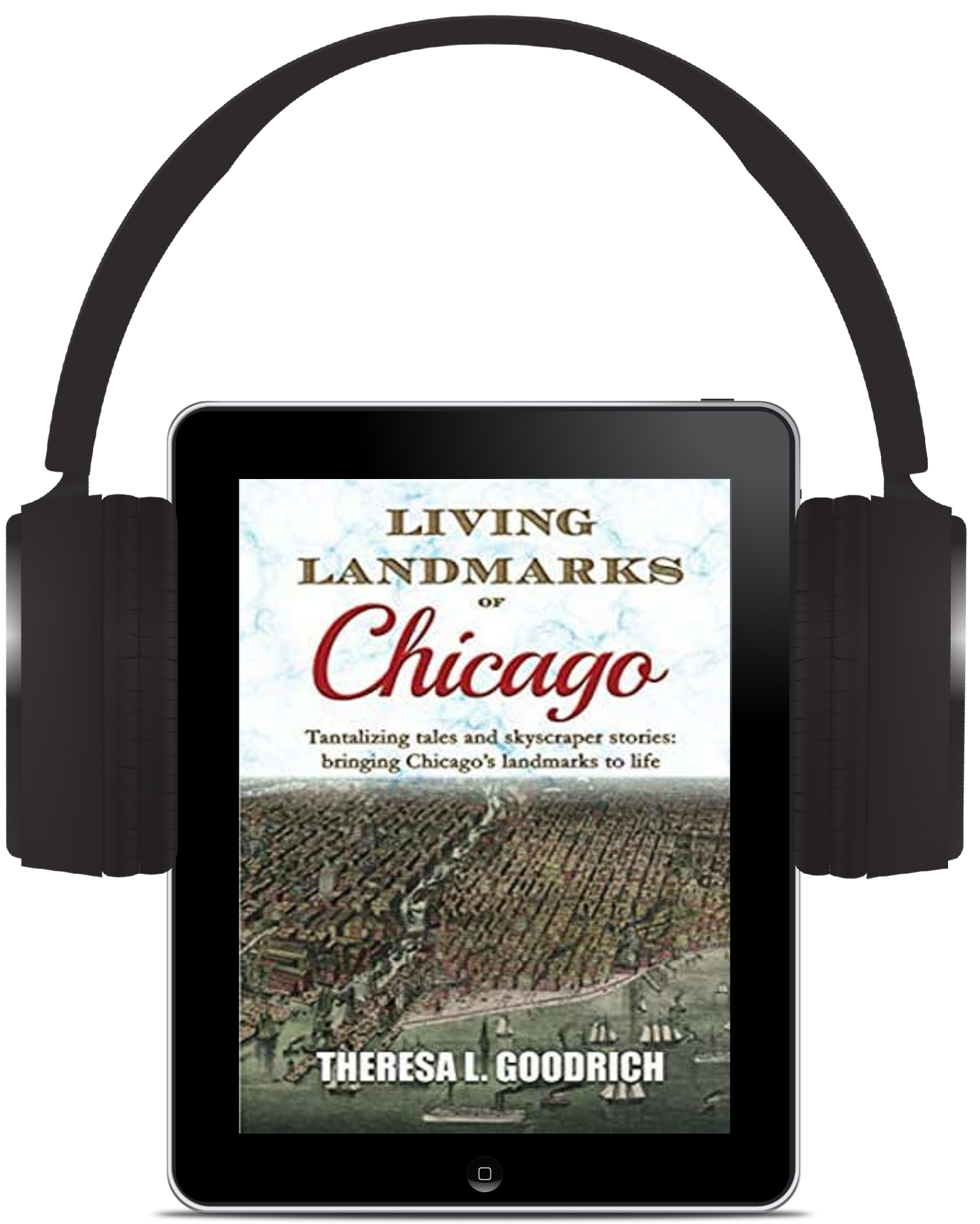
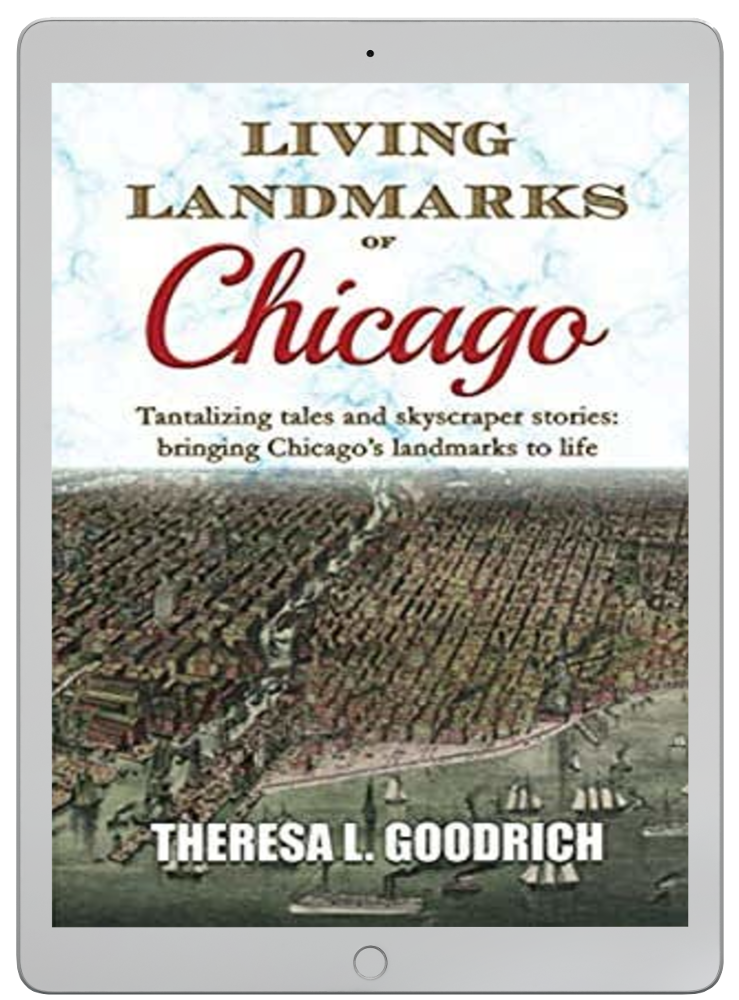
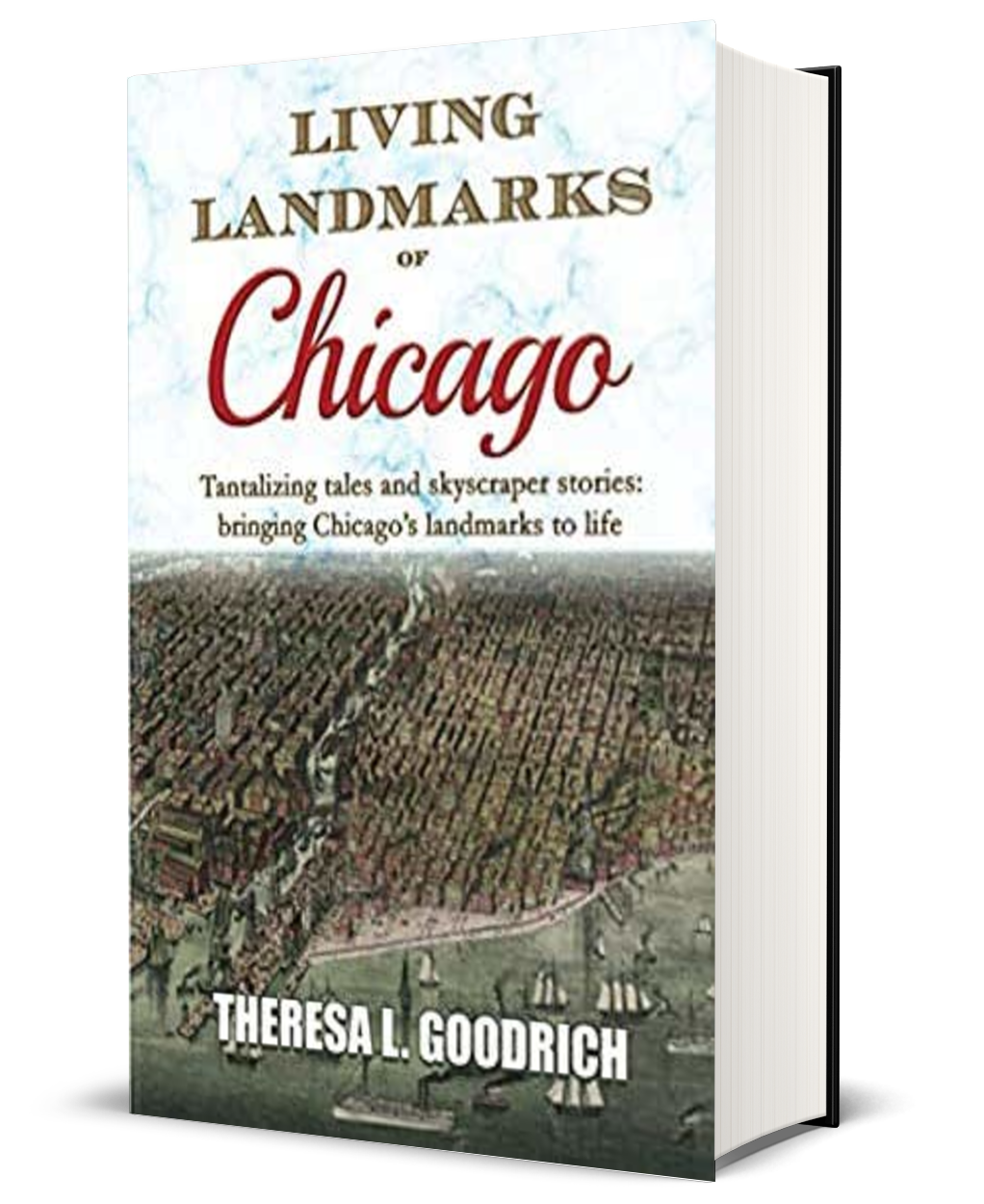
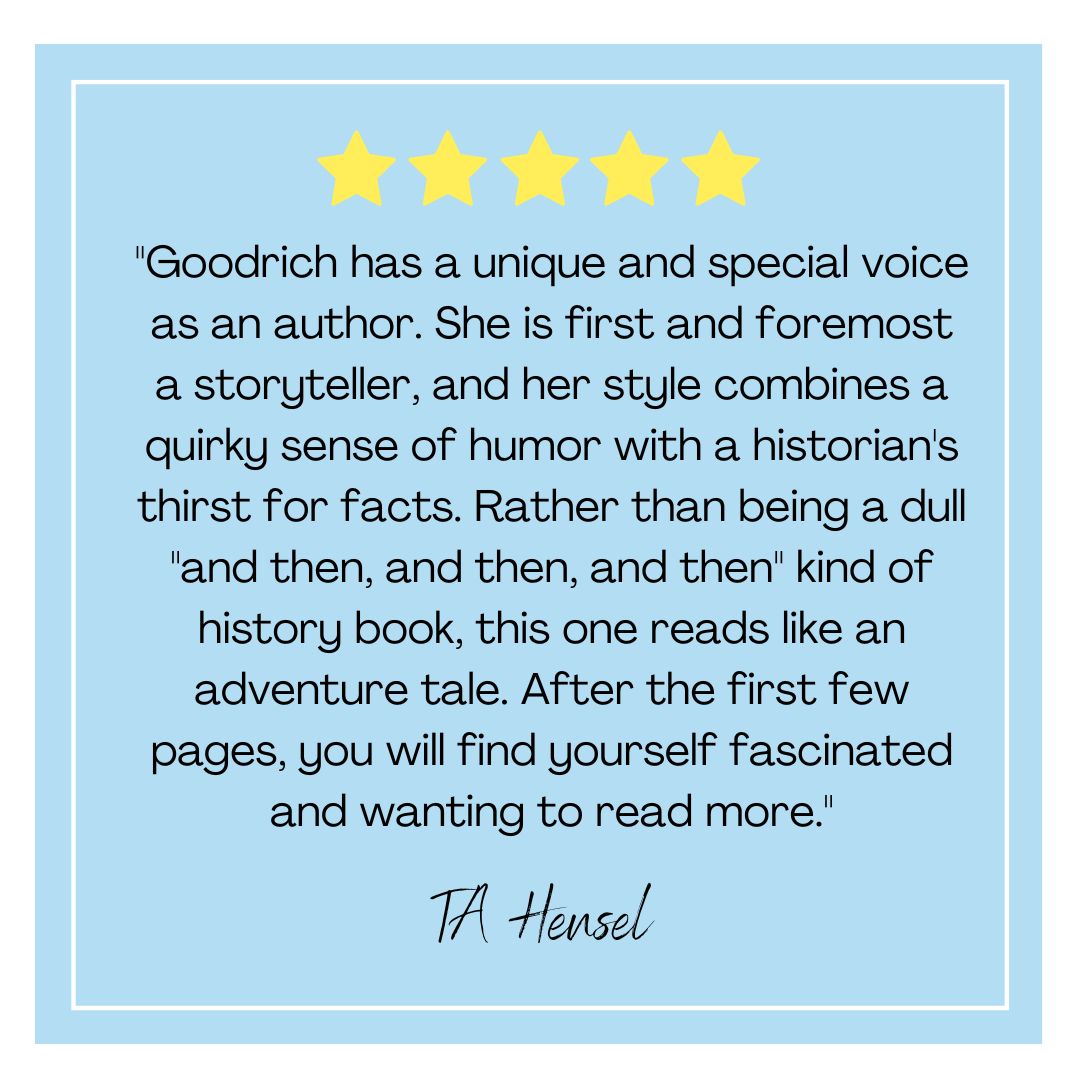
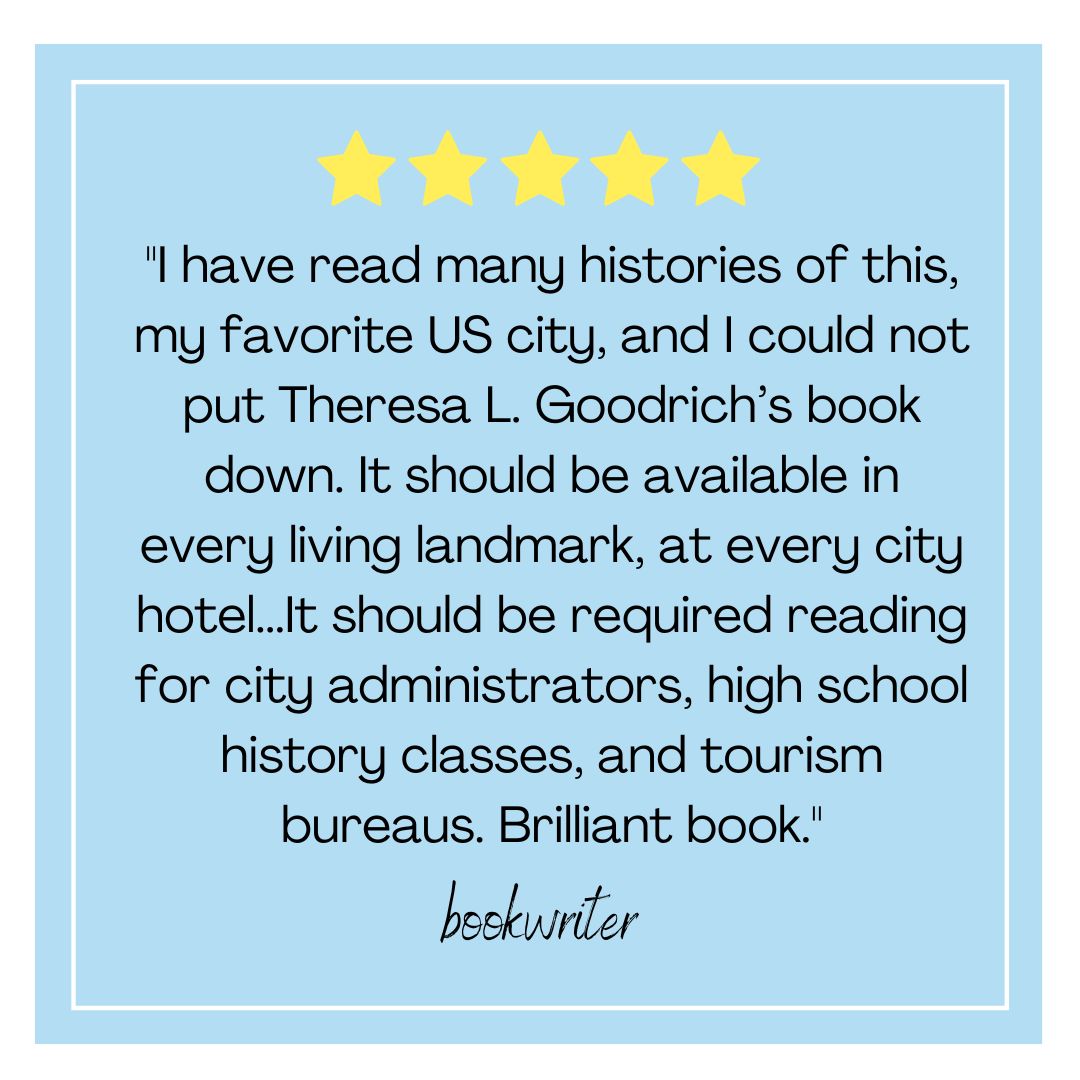
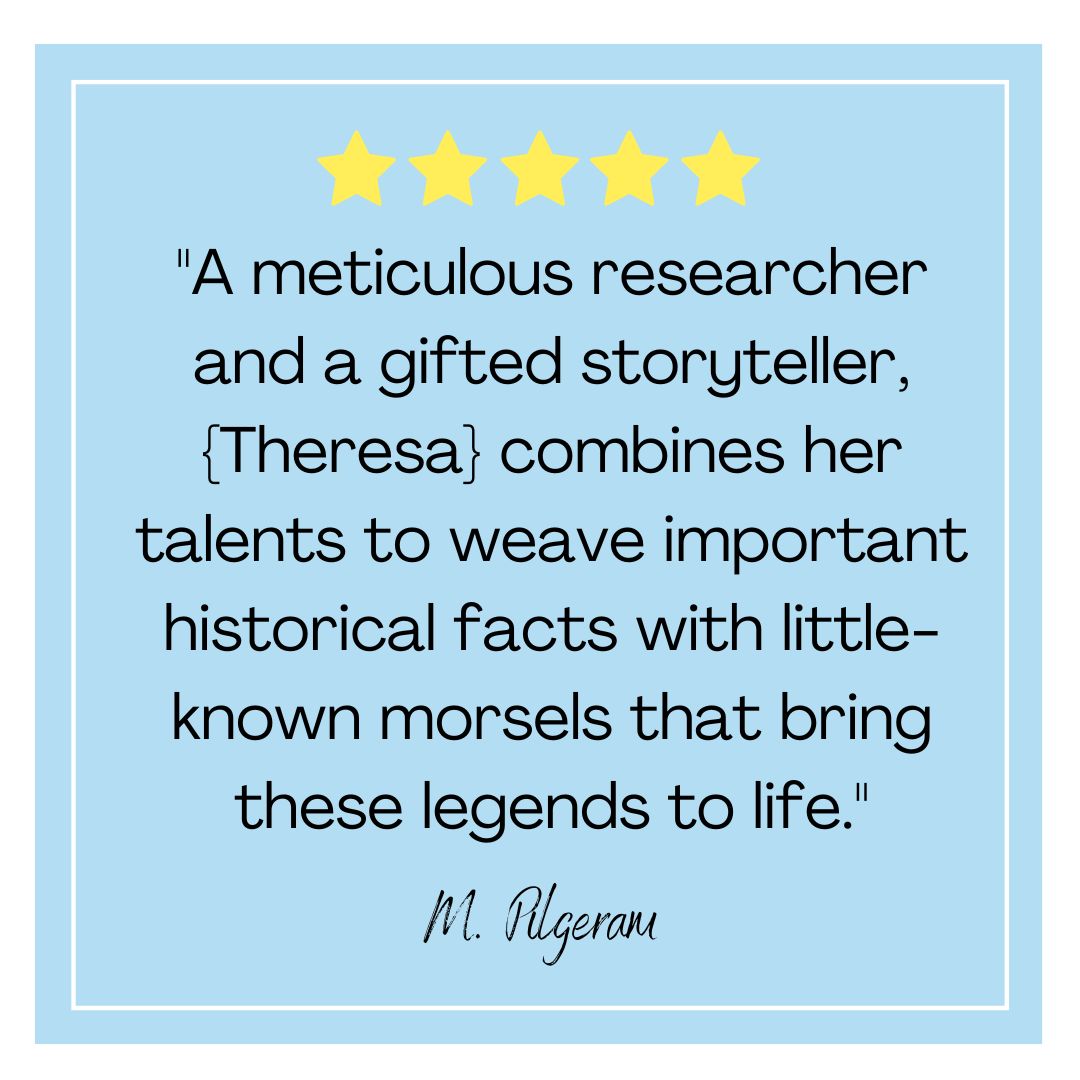
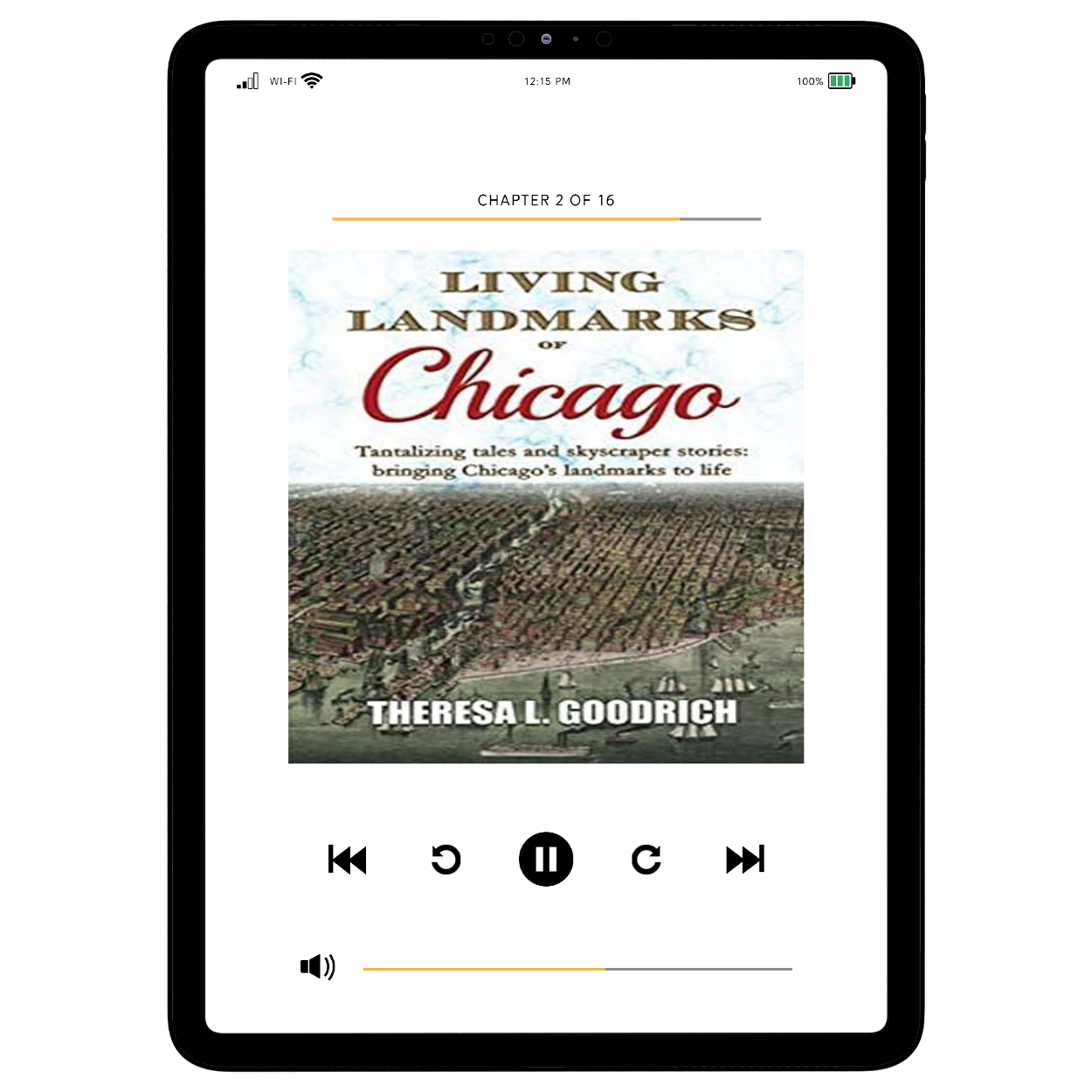
Please note that print books ship direct. Autographed copies available only when specifically indicated.
Great delivery
I enjoyed the historical depth of Chicago history the author uncovered for each of the buildings in this book. The links she supplied for each building allowed me to see other's photos that were posted to Google. It was interesting to learn of the connection between many of the Chicago tycoons and how they built many of the landmarks we've taken for granted while growing up in Chicagoland.
Great book to read.
Chicago {Native word}, a heartbreakingly beautiful land of unspoiled rivers and forests on an inland ocean. A wondrous city came to be built by labor both slave and immigrants underpaid -- a land of the first nations of more than ten tribes... who were murdered and terrorized, treaties by local and federal governments broken time after time... the commandeering of the land for profits by the utterly wealthy and well positioned, the cruelty of the rise of the slaughter yards and the mistreatments of those who worked in the factories that polluted for decades a formerly pristine ocean called Lake Michigan {Native word}.The absence of any sense of the struggles of those first nation people who had to flee their homelands in the upper midwest as a slew of those 'seeking fortune' overrode those humble inhabitants, the lack of care with what really happened to the tribes ["got kicked out" writes the author. No, it was far more deplorable and wounding to the tribes for generations after, than the author's dismissive words portray]The murders of union organizers, the corruption of theft of lands and resources, the monopolies of the wealthy to the detriment of the poor, the slavish hatred of minorities... all these part of the making of 'chicago.' Left out of this 'history'. Would have been better just to call it 'a history of some buildings,' and leave out the trite attempt at 'history of chicago.'History of Chicago is far more rich, far more in depth, far more filled with meaningful and unforgettable stories.
I thoroughly enjoyed reading the history of Chicago’s outstanding architecture. I love just spending a day walking around downtown and will now have a better understanding of what I see. Highly recommend for kindred spirits.

